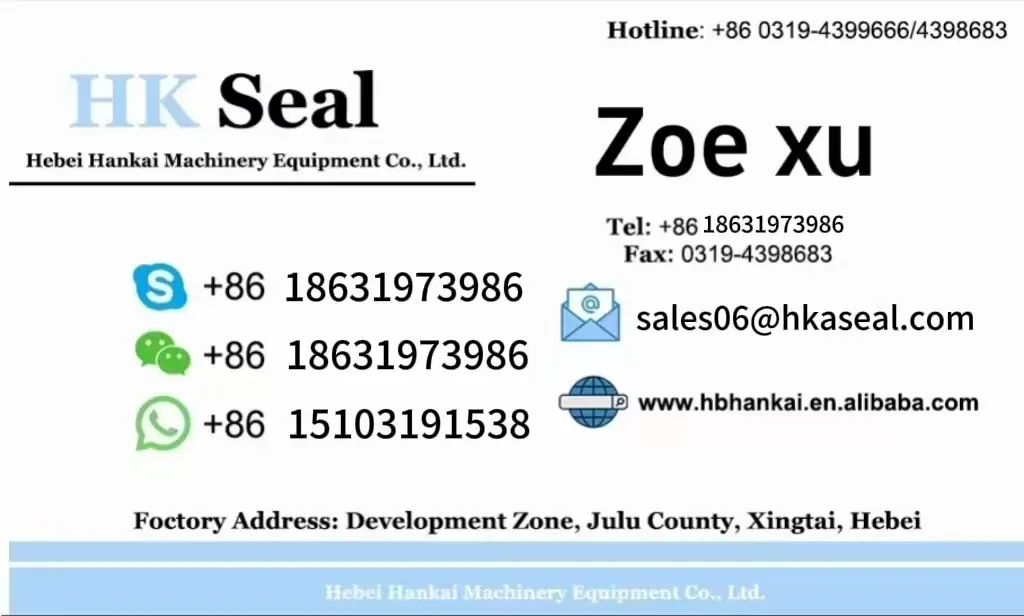Nov . 27, 2024 12:46 Back to list
Exploring the Importance of Gearbox Seals in Automotive Performance and Longevity
Understanding Gearbox Seals Importance, Types, and Applications
Gearbox seals are crucial components within mechanical systems that rely on gears for operation. These seals play a vital role in maintaining the efficiency and longevity of gearboxes by preventing leaks, contamination, and wear. This article discusses the importance of gearbox seals, their various types, and their applications across different industries.
Importance of Gearbox Seals
The primary function of gearbox seals is to keep lubricant fluid contained within the gearbox. Lubricants are essential for minimizing friction between gears, thereby reducing wear and heat generation during operation. Without efficient sealing, lubricant can leak out, leading to insufficient lubrication and ultimately resulting in component failure.
In addition to maintaining lubricant retention, gearbox seals protect the internal components of the gearbox from external contaminants such as dirt, moisture, and dust. These contaminants can lead to corrosion, wear, and overall degradation of gearbox performance. By preventing unwanted substances from entering the gearbox, seals help maintain operational integrity and extend the lifespan of gear systems.
Types of Gearbox Seals
There are several types of seals used in gearboxes, each designed for specific applications and environments
. Some of the most common types include1. Static Seals Designed for areas where there is no movement, static seals are typically used between two rigid components that do not undergo relative motion. Rubber O-rings, gaskets, and flat seals are common examples.
2. Dynamic Seals These seals are used in applications where there is relative motion between sealing surfaces. They are crucial in rotating applications, such as shaft seals (also known as lip seals) that are placed around drive shafts to prevent fluid leakage.
3. Radial Seals Radial seals are designed to fit around the circumference of a rotating shaft. These seals often feature a lip that makes contact with the shaft surface to provide a tight seal against fluids.
4. Axial Seals Unlike radial seals, axial seals work to prevent the passage of fluids along the shaft's axis. These seals are often used in applications where high pressures are involved.
gearbox seals

5. Labyrinth Seals Labyrinth seals function by creating a complex path for fluids to navigate, minimizing leakage without the need for direct contact with moving parts. They are often used in high-speed applications due to their ability to handle high temperatures and pressures effectively.
Applications of Gearbox Seals
Gearbox seals are used in a wide range of applications across various industries. These include
- Automotive Industry In vehicles, gearbox seals are found in manual and automatic transmission systems. They prevent transmission fluid from leaking, ensuring smooth gear changes and optimal performance.
- Aerospace In aviation, gearbox seals are used in landing gear assemblies and helicopter rotor transmissions. These seals must withstand extreme temperatures and pressures to ensure safety and reliability.
- Manufacturing Equipment such as conveyors, motors, and extruders rely on effective gearbox seals to maintain efficiency. Leaks in these systems can lead to significant downtimes and costly repairs.
- Marine In marine applications, seals protect gear systems from saltwater and other harsh environmental conditions. Proper sealing is essential for preventing corrosion and ensuring the longevity of marine gearboxes.
- Wind Energy Wind turbine gearboxes utilize seals to prevent the loss of lubricant, which is crucial for maintaining the turbine's operation in varying weather conditions.
Conclusion
In summary, gearbox seals are essential components in a variety of mechanical systems, ensuring efficient operation and longevity by preventing leaks and contamination. Understanding the different types of seals and their applications can aid in the selection of the right products for specific needs, ultimately enhancing performance and reducing maintenance costs. Regular inspection and maintenance of seals should also be prioritized to safeguard equipment and prolong the lifespan of crucial components. In a world of constant mechanical operation, the significance of reliable gearbox seals cannot be overstated, as they are integral to the successful functionality of various industries and applications.
-
TCN Oil Seal Metal Ring Reinforcement for Heavy Machinery
NewsJul.25,2025
-
Rotary Lip Seal Spring-Loaded Design for High-Speed Applications
NewsJul.25,2025
-
Hydraulic Cylinder Seals Polyurethane Material for High-Impact Jobs
NewsJul.25,2025
-
High Pressure Oil Seal Polyurethane Coating Wear Resistance
NewsJul.25,2025
-
Dust Proof Seal Double Lip Design for Construction Equipment
NewsJul.25,2025
-
Hub Seal Polyurethane Wear Resistance in Agricultural Vehicles
NewsJul.25,2025
-
The Trans-formative Journey of Wheel Hub Oil Seals
NewsJun.06,2025
Products categories
















